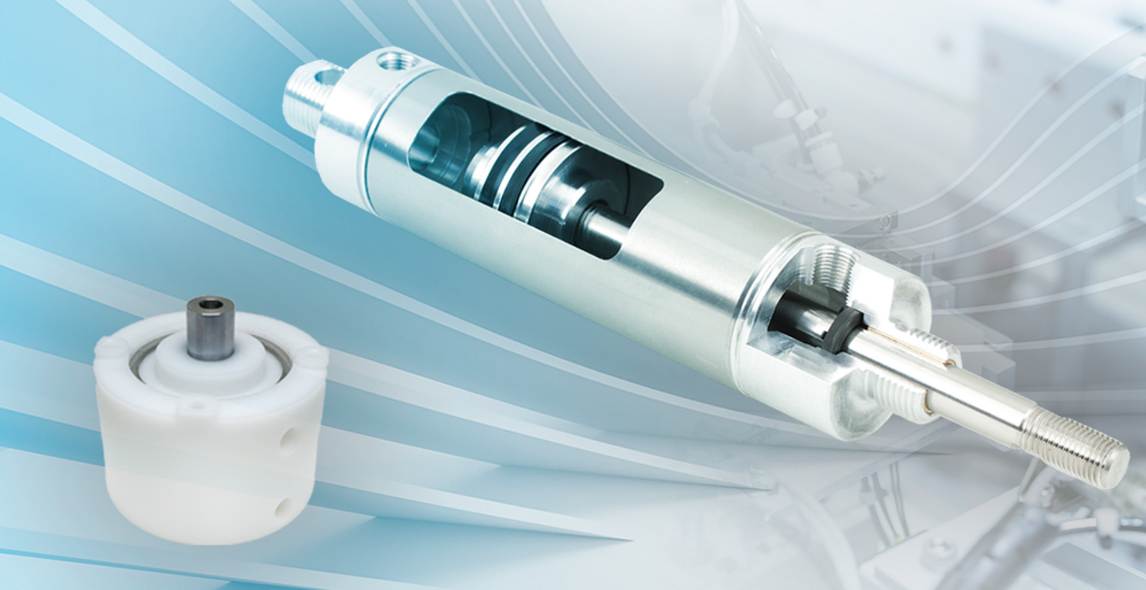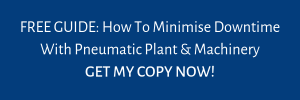Pneumatic actuators allow closed, high-pressure air and gas loops to convert kinetic energy into a physical, pushing force. Actuators are a vital part of many plants, workshops, and factories, valued for their fast action and typically excellent speed-to-force ratios. However, no two actuators are the same. Strength, length, and motion all vary from unit to unit.
To get the best out of your FESTO equipment, you’ll need to know what you’re looking for before you buy. Here’s a brief guide to finding and matching an actuator to your pneumatic application.
What Is A Pneumatic Actuator?
A pneumatic actuator is any self-contained cylinder that creates motion from the contained force of the compressed air pumped in behind it. Actuators are themselves unpowered – every chamber relies on a separate pump and reservoir to work.
Pneumatic actuators have diverse industrial applications. They can act as compressing rams, pushing arms, and create ‘resistive’ two or four-way motion. Motors, saws, grinders, presses, booms, and deadbolt holds can all draw the immense power they need to work from pneumatic actuation.
Choosing The Right Criteria For Your Actuator
There are five main factors behind every successful application of pneumatic actuation. Consider each carefully before making your final choice. If you’re uncertain, you can always speak to the engineers at Hydrastar for expert analysis and tips.
1) Directional Force
Which way should your actuator’s pneumatic cylinder move? Should it move more than one way, back and forth (i.e. two-way), or with a dual synchronised movement (i.e. four-way)? Making sure that your actuator moves in the right direction when required is utterly integral to its success. Whether your unit holds or creates motion is the real determining factor. If you’re stuck, there are plenty of specialised options available for trickier patterns and air release timings to pick.
2) Precise Load And Push Capacity
Unfortunately, most pneumatic actuators lack ‘fine grain’ control. Throttles and (partial) brakes are not available. An absence of in-use adjustment features means that the actuator’s cylinder will deliver the full extent of force it’s built for each time it is activated. Pre-calculate the exact level of pneumatic pressure you need for the application before you buy.
You can find out what each pneumatic cylinder rates for in the product description and specs. If the actuator revolves, turns, or compresses, consider predicted ‘stroke’ lengths as well. Be sure to leave a small buffer slightly over the needed KJ/N mark to avoid underpowering or overpowering the cylinder.
3) Distance Of Travel
How far should the pushing shaft move the cylinder forward (and back)? You will want to make sure that your cylinder reaches and hits the target every time. As it’s a one-setting, full-force machine, you’ll need to find a precise single extension (and retraction) measurement for your actuator. Talk to your pneumatic engineers or refer to your original CAD plans before choosing.
4) Fitting The Frame
Powerful pneumatics need a lot of room to work well alongside spare clearance zones to operate safely. Again, check to see if your shortlisted model’s measurements fit into your current layout and CAD plans. If it doesn’t fit, try scaling your power down, building another loop (if you have room elsewhere), or find an alternative solution (e.g. vertical integration).
5) Precision Control
One solid alternative to rod-driven cylinder pneumatics is to go for an all-in-one design. A single-part unit offers a greater degree of control over the final push force – ideal for precise, small, and exacting pneumatic applications.
Find Out More
Hydrastar are one of the UK’s leading pneumatic system specialists, providing all the design support, equipment, and spares you need to manage efficient pneumatic applications. Please get in touch with one of our design engineers to find out more.



